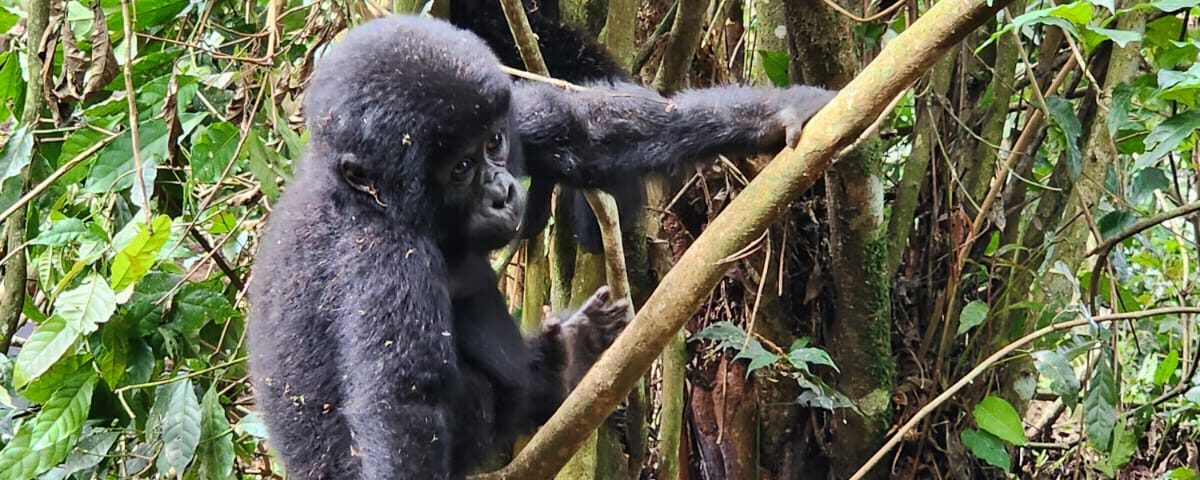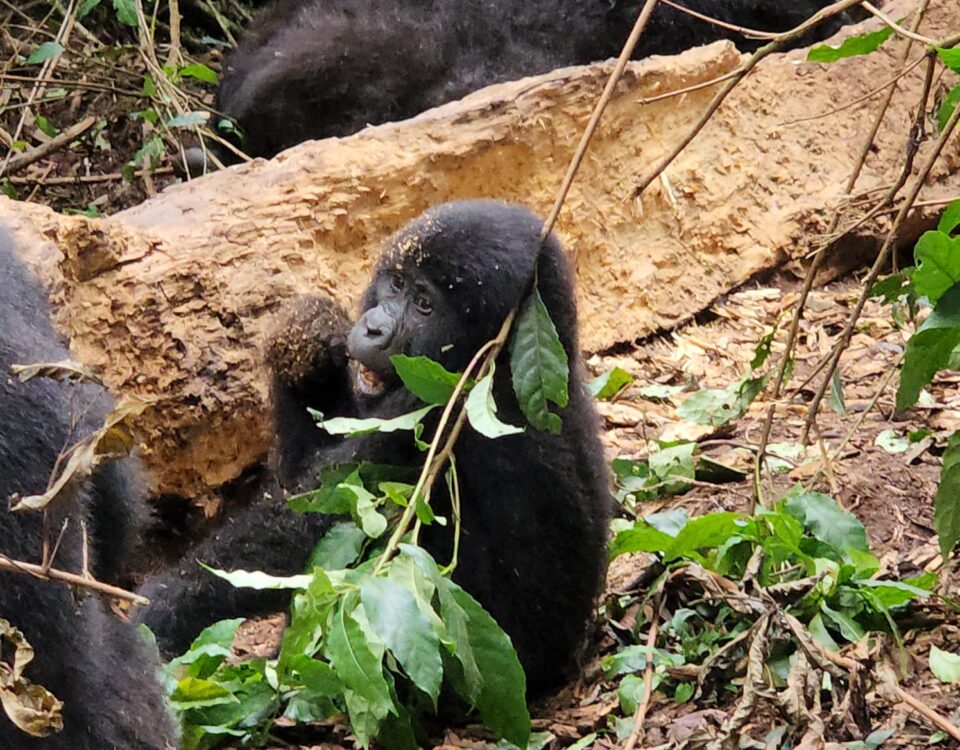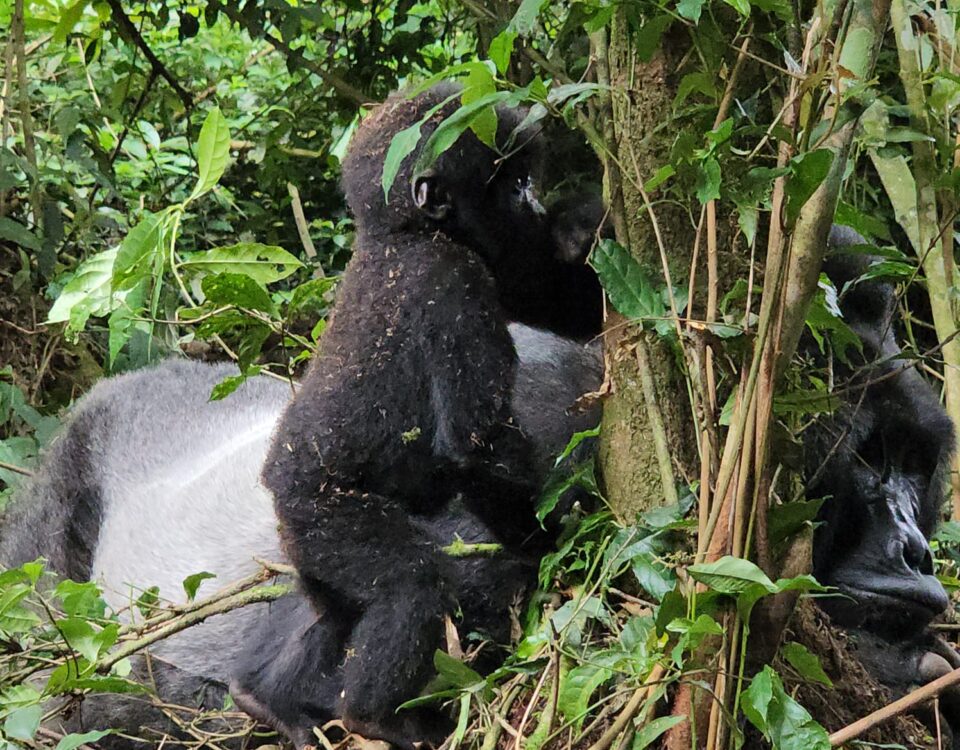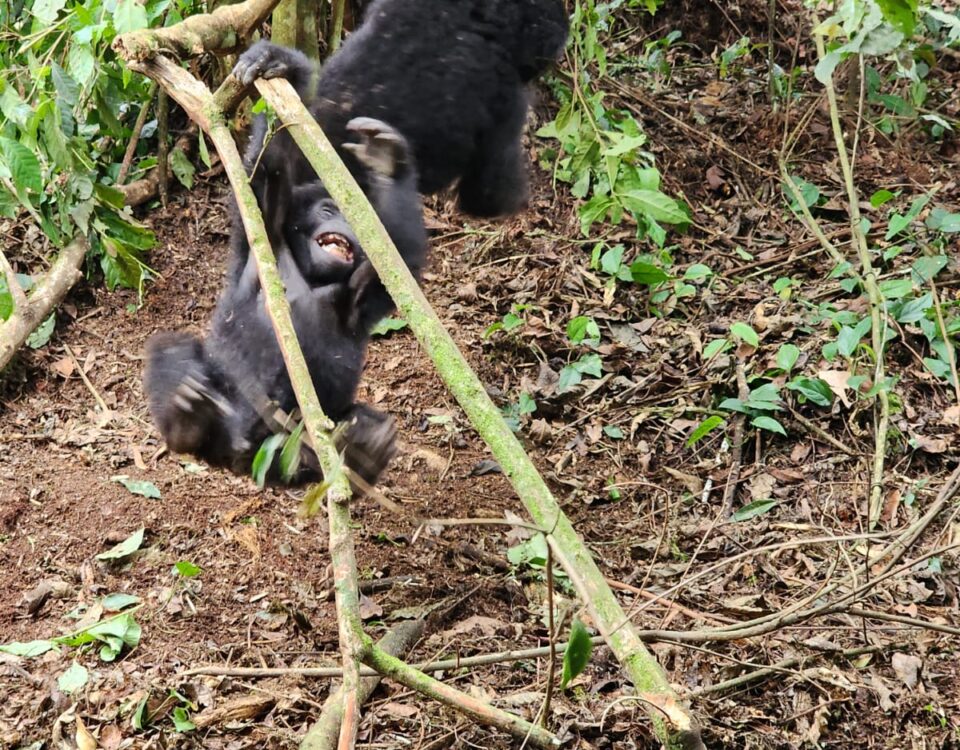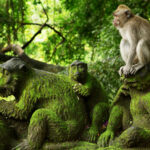
What Are the Park Fees for Volcanoes National Park?
March 28, 2025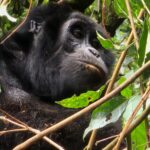
Are There Any Health Requirements Before Visiting Volcanoes National Park?
March 28, 2025How Many Days Should I Spend in Volcanoes National Park?
How Many Days Should I Spend in Volcanoes National Park? Volcanoes National Park in Rwanda is one of the most spectacular wildlife destinations in the world. Known for its lush rainforests, towering volcanic mountains, and the rare and endangered mountain gorillas, it offers an unforgettable adventure for nature lovers and wildlife enthusiasts. If you’re planning a visit to this incredible park, you may be wondering: How many days should I spend in Volcanoes National Park? The answer depends on several factors, including the activities you wish to do, your level of fitness, and the overall experience you’re seeking. In this article, we’ll guide you on how to make the most of your time in Volcanoes National Park and recommend the ideal number of days for your visit.
A Day for Gorilla Trekking: The Main Attraction
The primary reason most travelers visit Volcanoes National Park is to engage in the famous gorilla trekking experience. This once-in-a-lifetime activity involves trekking through the dense rainforests of the park to observe a family of mountain gorillas in their natural habitat. The trek can take anywhere from 1 to 6 hours, depending on the location of the gorillas on the day of your visit. Given the physical demands of hiking through steep terrain and thick vegetation, it’s important to prepare accordingly.
For those focused solely on gorilla trekking, a single day in Volcanoes National Park may be sufficient. You will arrive early in the morning, meet your guide and ranger, and begin your trek to the gorillas. Once you find the gorilla family, you’ll be allowed to observe them for one hour. Afterward, you’ll return to the park headquarters, where you can reflect on the experience.
While a single day for trekking is enough for many, it’s recommended to have a two-day stay to accommodate for potential variations in trekking time and to give yourself a more relaxed experience. This allows you the flexibility to visit another gorilla group or take part in an alternative activity.
The Importance of a Second Day for Exploration
While gorilla trekking is the highlight of any visit to Volcanoes National Park, there are numerous other activities that can enrich your experience. Spending a second day in the park allows you to explore beyond the gorillas and fully immerse yourself in the region’s natural beauty.
One such activity is golden monkey trekking. Golden monkeys are another endangered species that inhabit the park’s bamboo forests. Tracking these playful and vibrant monkeys is a rewarding experience, as you’ll have the chance to observe them up close as they leap from tree to tree. Golden monkey trekking can typically be done in half a day, allowing you to spend the remainder of the day exploring other parts of the park.
Additionally, Volcanoes National Park offers several hiking opportunities. You can choose to climb one of the park’s famous volcanoes, such as Mount Bisoke or Mount Karisimbi, both of which provide breathtaking views of the surrounding landscapes and crater lakes. These volcano hikes can take anywhere from 5 to 8 hours, making them perfect for adventurous visitors who want to see the park from a higher vantage point.
Cultural Experiences: A Unique Addition to Your Stay
To truly appreciate the history and heritage of the Volcanoes National Park region, consider adding a cultural experience to your itinerary. Rwanda has a rich cultural tradition, and the people living near Volcanoes National Park are no exception. Many visitors choose to spend a half-day or full day experiencing the traditional ways of life of the Batwa people, an indigenous group who once lived in the forest.
The Batwa cultural experience is a fantastic way to learn about the connection between the local people and the forest. You can participate in traditional dances, listen to captivating stories, and even try your hand at crafting. Visiting a Batwa village adds a deeper cultural layer to your trip, allowing you to see how conservation efforts are benefiting both the wildlife and the communities surrounding the park.
If you want a more comprehensive cultural experience, you can also visit the Dian Fossey Tomb and Museum, which is located within the park. Dian Fossey was a pioneering primatologist who dedicated much of her life to studying and protecting the mountain gorillas. The tomb and museum offer insights into her work and the history of gorilla conservation in the region. This visit can easily be incorporated into your second day in the park.
A Three-Day Stay for a Fully Immersive Experience
For those who want to experience all that Volcanoes National Park has to offer—wildlife, nature, and culture—a three-day stay is ideal. This duration allows you to enjoy a balanced itinerary, combining gorilla trekking, other wildlife encounters, scenic hikes, and cultural activities.
On day one, you can embark on your gorilla trek, taking in the excitement of encountering these majestic creatures in their natural environment. Afterward, enjoy a relaxing evening at your lodge, perhaps even with views of the Virunga Mountains.
On the second day, you can participate in golden monkey trekking or opt for a volcano hike. If you’re interested in more cultural immersion, consider visiting a Batwa village and participating in one of their traditional experiences. The evening can be spent at leisure, reflecting on the day’s activities and enjoying local cuisine.
On the third day, you can either enjoy a relaxing morning at the lodge or take a visit to the Dian Fossey Tomb and Museum. This well-rounded itinerary ensures that you experience the diverse aspects of Volcanoes National Park, including wildlife, adventure, and cultural heritage.
Extended Stays: For True Nature Enthusiasts
If you are an avid nature lover or someone who enjoys taking things slow, you may want to consider staying for four days or more. This extended stay will give you ample time to explore every corner of the park and fully appreciate the biodiversity and landscape. With more time at hand, you can take multiple hikes, go on various wildlife tracking expeditions, and immerse yourself even more deeply in the local culture.
A longer stay allows you to revisit areas of the park, giving you the flexibility to adapt your itinerary based on weather conditions or specific wildlife sightings. You can also spend more time observing different animal species, including birds, forest elephants, and buffaloes. A multi-day visit will ensure that you don’t feel rushed and have enough time to appreciate the park’s grandeur fully.
For those looking for a more relaxed approach to the trip, a longer stay allows you to schedule activities around your interests. If you prefer to spend more time relaxing at your lodge, you can easily incorporate downtime into your schedule, perhaps taking a spa day, enjoying the surroundings, or engaging in some light exploration.
Conclusion: Finding the Right Duration for Your Volcanoes National Park Adventure
When it comes to how many days you should spend in Volcanoes National Park, it ultimately depends on your interests and preferences. A one-day visit is enough if your primary goal is gorilla trekking, but two to three days will allow you to fully experience the park’s incredible diversity. If you’re a nature enthusiast or cultural explorer, you can easily spend four days or more, delving deeper into the park’s wildlife, hiking trails, and cultural experiences.
Regardless of the number of days you choose to stay, Volcanoes National Park promises a memorable adventure with stunning landscapes, rare wildlife encounters, and the chance to engage with the local culture. By planning your stay carefully and including a mix of activities, you’ll ensure a truly enriching experience in one of Africa’s most iconic national parks. So whether you stay for a day or several, Volcanoes National Park will leave you with lasting memories of Rwanda’s natural beauty and cultural heritage.

